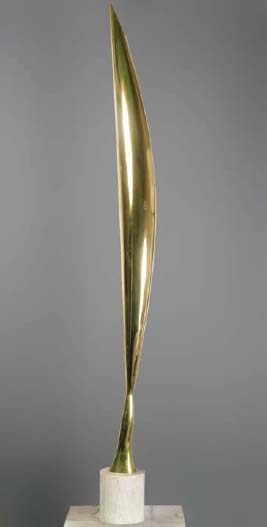The Modern World During and After the World Wars, C. 1914–1960European Art After World War II |
What is Nouveau Réalisme (New Realism)? |
Founded in 1960 by French art critic Pierre Restany, Nouveau Réalisme is an art movement that developed as a reaction against twentieth-century abstraction and Art Informel. Many of the Nouveaux Réalistes, or New Realists, were not painters, but artists who experimented with art forms such as décollage, a process of ripping or tearing an image, usually posters of advertisements, to create something new. The best examples of Nouveau Réalist décollage is the work of François Dufrêne and Mimmo Rotella (1918–2006). The artist Jean Tinguely (1925–1991) extended this technique to include scrap metal, old bottles, motors, and other industrial objects in his work, Homage to New York (1960), which he designed to spectacularly self-destruct at the Museum of Modern Art in New York. By contrast, Yves Klein (1928–1962) was a painter who explored the power of pure color, even developing his own blue, called International Klein Blue (1KB). The New Realists used the objects of the real world, often junk, as their palette, and by doing so commented on modern life in a manner unique from other artists of the period.

Constantin Brancusi’s Bird in Space sculpture series reduces the organic form of a bird to a smooth curve that still evokes the swift weightlessness of a bird in flight. (Art courtesy The Bridgeman Art Library, © 2013 Artists Rights Society [ARSI, New York /ADAGP, Paris.)
